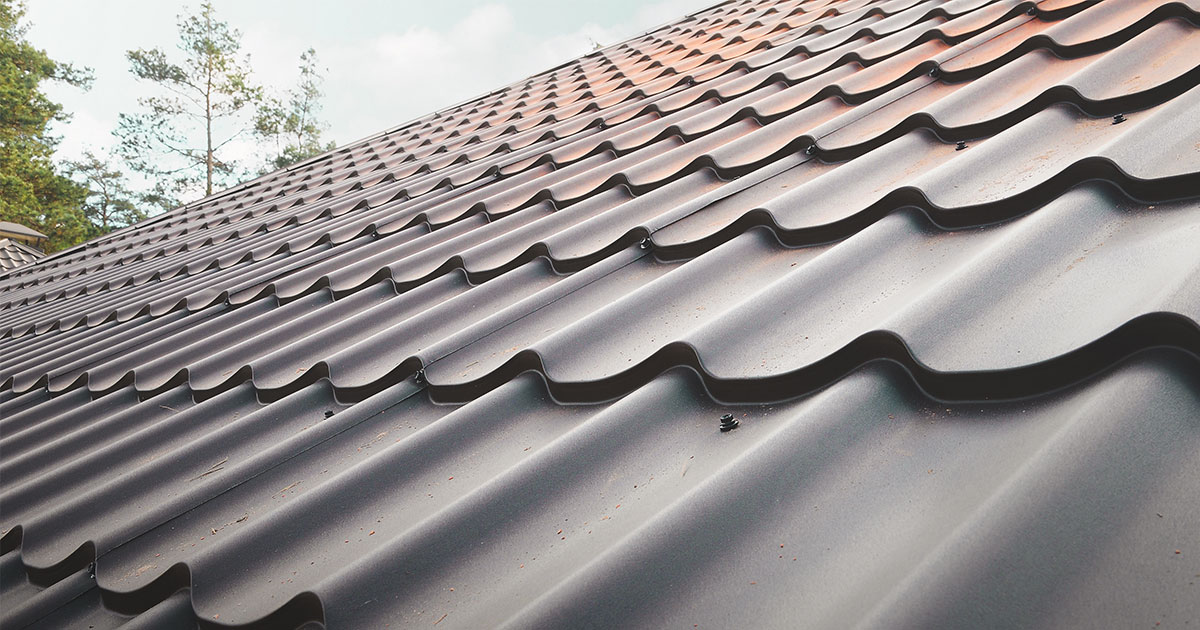Usually, there is not much difference between various commercial roofings and what is used in our residential roofs. The primary function of both are the same that is protecting from the elements of your property/residence.
However, the most noteworthy difference between residential roofing and commercial roofing systems is the roof’s slope which is usually decided by the building size. Since residences are smaller, hence typically they have a little steep slope roof, which is visible from your ground and uses certain materials like:
- Asphalt shingles
- Architectural tile
- Slate.
However, commercial buildings are usually larger and tend to have flatter or slightly sloped roofs that may not be visible from the level of the ground. These commercial roofs are available in different range of materials that are decided by the building structure and many other factors like intense heat or extreme cold, or whether the surface needs strong enough to withstand very high foot traffic, etc.
If you are interested to replace your commercial roof and looking for any professional commercial roofing contractors MN then you must contact A to Z Construction. Now let us know a few common materials generally used for a commercial roof.
- Built-up roofing membrane
This BUR (Built-up roofing) is a standard tar-and-gravel roof. It is built by using multiple layers. This is a quite flexible type of roof because you can vary the layer number for meeting the budget or for meeting certain durability requirements. It is the most cost-effective as well as tough roofing type.
- Metal roofing
- Another popular roofing material is the metal roof and many different metals can be used for this kind of roofing material. The following are the various metals used:
- Zinc
- Stone-coated steel
- Galvanized steel
- Aluminum
- Silicon coated steel
- Metal tile sheets
- Copper
- Tin
- Stainless steel
- Lead
- Modified bitumen roofing
This kind of reinforced roof fabric can often be applied as carriers for the bitumen that is cut and installed later in layers almost similar to the above BUR membranes. Generally, these roofing systems can be fastened to your commercial rooftops as 2-ply systems, and adhered to your roofing deck to get maximum protection and stability.
- Thermoset roof membrane
A Thermoset roof system can offer very long-lasting durability as well as versatility, which is paired with your simple installation and easy maintenance/repair as compared to all other types of commercial roofs.
This can offer a very strong resistance to ozone and ultraviolet light, usually constructed from any single-ply rubber material.
- Thermoplastic roof membrane
TPO (Thermoplastic Polyolefin) and PVC (Poly Vinyl Chloride) roofing systems are lightweight, highly reflective, and offer excellent resistance and weathering to:
- Punctures/tears
- UV light
- Chemicals
- Oils
- Animal fats
- Bacterial growth
These roofs can offer the seam strength that is suitable for second-generation uses too.
- Green roofing
These roofs are the most versatile that have become quite popular these days as they can offer a truly sustainable choice for your commercial properties.
For any kind of roofing needs for your commercial property, you must first discuss with any roofing professional before taking any decision.

